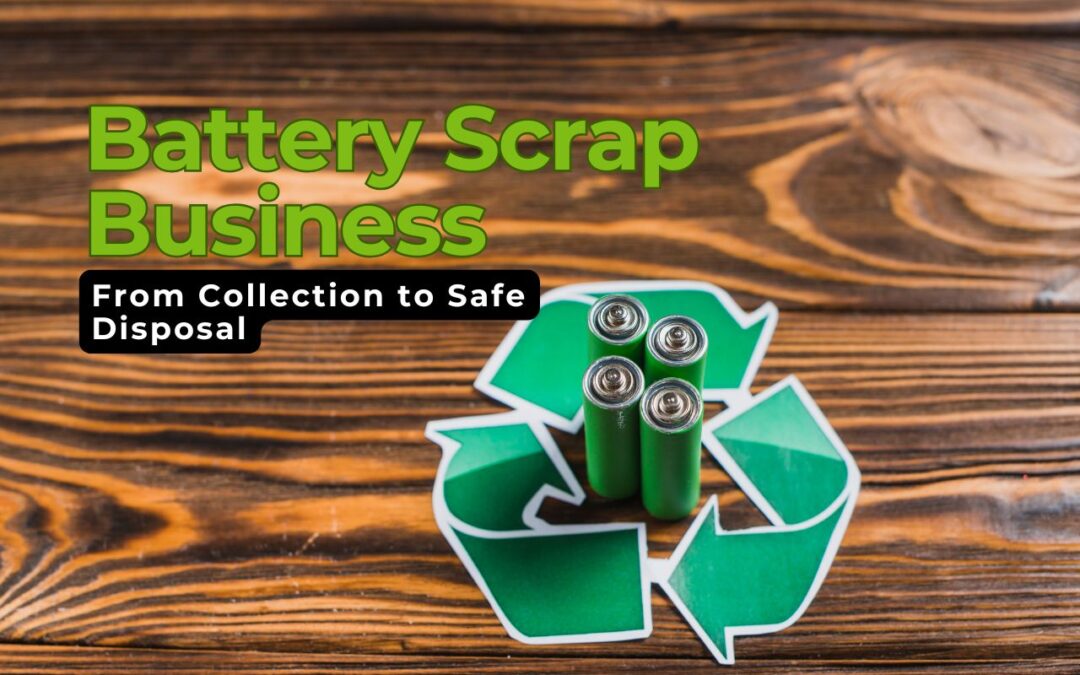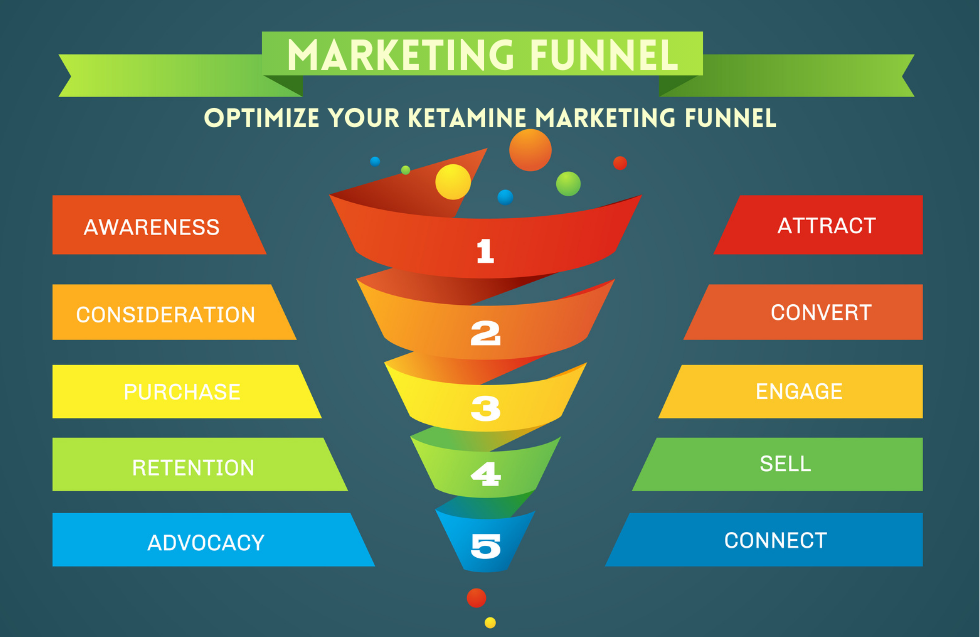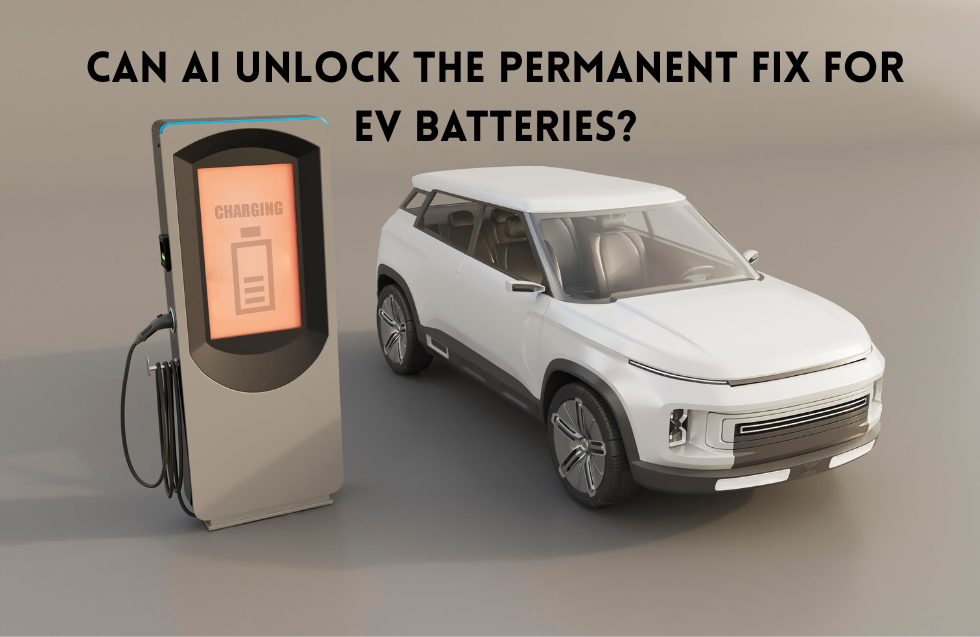As the world shifts toward more sustainable practices and technologies, the demand for batteries, especially rechargeable ones, continues to surge. From electric vehicles to portable electronics and energy storage systems, batteries are omnipresent. However, with increased battery usage comes a parallel rise in battery waste. This opens up a valuable opportunity: the battery scrap business. This comprehensive guide explores innovative and profitable battery scrap business ideas, spanning collection, recycling, and safe disposal.
1. Understanding the Battery Scrap Business
The battery scrap business involves collecting used or dead batteries, processing them to extract reusable materials, and disposing of non-recyclable waste in an environmentally responsible manner. Battery scrap includes:
- Lead-acid batteries (from vehicles and UPS systems)
- Lithium-ion batteries (from electronics and EVs)
- Nickel-cadmium and nickel-metal hydride batteries
- Alkaline batteries
Each type of battery requires a unique recycling or disposal method due to the different metals and chemicals they contain.
2. Market Potential and Growth Opportunities
The global battery recycling market is expected to reach over $18 billion by 2028, with Asia-Pacific leading the charge, particularly China and India. The growth is driven by:
- Rising adoption of electric vehicles (EVs)
- Increasing consumer electronics usage
- Strict environmental regulations
- Growing awareness of e-waste management
This expanding market opens up opportunities for entrepreneurs to enter the battery scrap business at various stages of the value chain.
3. Starting a Battery Scrap Business: Key Segments
a. Battery Collection Centers
Setting up local collection points is the first step. These can be:
- Standalone battery drop-off kiosks
- Integrated into electronic stores or garages
- Community collection drives
Make it easy for individuals and businesses to dispose of batteries responsibly. Partnering with local governments or NGOs can build trust and encourage participation.
b. Battery Sorting and Storage Facilities
After collection, batteries must be sorted by chemistry and condition. Proper storage is essential to prevent leaks, fire, or contamination:
- Use non-conductive containers
- Store in cool, dry places
- Label by type (e.g., Li-ion, Lead-acid)
Compliance with local environmental and safety standards is critical at this stage.
c. Battery Transportation Services
This segment involves transporting collected batteries to recycling or disposal facilities. Specialized vehicles and handling practices are required, especially for hazardous materials:
- Secure packaging to avoid short-circuits
- Trained drivers are aware of emergency protocols
- GPS tracking and safety inspections
Entrepreneurs can build a logistics service dedicated to battery scrap transport.
d. Battery Recycling Units
If you have the capital, setting up a recycling plant can be highly lucrative. Processes vary by battery type:
- Lead-acid batteries: Lead is extracted and recycled; acid is neutralized.
- Lithium-ion batteries: Extract cobalt, lithium, and nickel using pyrometallurgical or hydrometallurgical techniques.
- Alkaline batteries: Zinc and manganese dioxide are recovered.
Ensure your facility follows local and international recycling guidelines.
4. Business Models to Consider
i. Aggregator Model
You collect batteries from various collection points and sell them in bulk to recyclers. This model requires minimal investment in infrastructure.
ii. Franchise Model
If successful in one region, expand by offering collection center franchises to others.
iii. Mobile Collection Units
Use vans equipped with safety containers to collect batteries door-to-door or from businesses.
iv. Partnership Model
Partner with large electronics retailers, car dealerships, or municipal bodies to serve as their official battery disposal partner.
5. Regulatory Compliance and Licensing
Operating in the battery scrap sector requires multiple permits and certifications depending on your country. Common requirements include:
- Environmental Impact Assessment (EIA)
- Hazardous Waste Handling License
- Battery Waste Management Authorization
- Insurance for fire, theft, and public liability
Stay updated with national and local laws. In India, for instance, compliance with the Battery Waste Management Rules, 2022, is mandatory.
6. Investment and Infrastructure
The capital needed depends on the scale of operation:
- Collection center setup: $2,000–$10,000
- Sorting & storage facility: $10,000–$25,000
- Transportation fleet: $15,000–$100,000
- Recycling plant: $100,000–$1 million+
You’ll need:
- Trained staff with PPE (Personal Protective Equipment)
- Safety equipment: fire extinguishers, acid-resistant flooring, ventilation
- CRM or ERP software to track inventory, compliance, and logistics
7. Environmental and Social Impact
Running a battery scrap business isn’t just profitable—it’s impactful:
- Reduces toxic waste from landfills
- Conserves raw materials like lead, cobalt, and lithium
- Creates local employment opportunities
- Promotes community awareness on sustainability
Highlight your social impact in marketing to attract eco-conscious customers and investors.
8. Marketing Strategies
Use both traditional and digital marketing techniques:
- SEO-optimized website with educational blogs and drop-off location maps
- Social media campaigns highlighting environmental benefits
- Google My Business listing for local search visibility
- Partnerships with schools and corporations for mass awareness drives
Offer referral bonuses or discounts to incentivize battery returns.
9. Challenges and How to Overcome Them
a. Hazardous Nature of Batteries
Solution: Train staff, use PPE, follow safety SOPs
b. Lack of Public Awareness
Solution: Conduct workshops, school programs, and online campaigns
c. High Initial Investment
Solution: Start small with aggregation and scale gradually
d. Changing Regulations
Solution: Hire legal advisors or compliance experts to stay updated
10. Innovations in Battery Recycling
With tech advancements, several innovative techniques are emerging:
- Direct recycling: Retains battery structure and restores chemistry
- Cryogenic freezing: Used for safe disassembly of EV batteries
- AI-based sorting: Robots detect and sort batteries by type
- Blockchain tracking: For full traceability and accountability in the supply chain
Investing in R&D can position your business as a leader in this growing field.
11. Future Outlook
The push for green energy and stricter environmental laws ensures that the battery scrap business will grow. Trends to watch include:
- Rise of extended producer responsibility (EPR) laws
- More investment in lithium-ion recycling startups
- Increasing government subsidies for clean tech businesses
By aligning with these trends, you can future-proof your business.
Conclusion
The battery scrap business presents a compelling opportunity at the intersection of sustainability, profitability, and innovation. Whether you’re looking to start small by collecting batteries or scale into full-fledged recycling, there’s room to make a difference. With the right strategy, partnerships, and commitment to safety and compliance, your battery scrap venture can contribute to a cleaner planet while creating a solid income stream.
Invest in the future—power it sustainably, one battery at a time.













